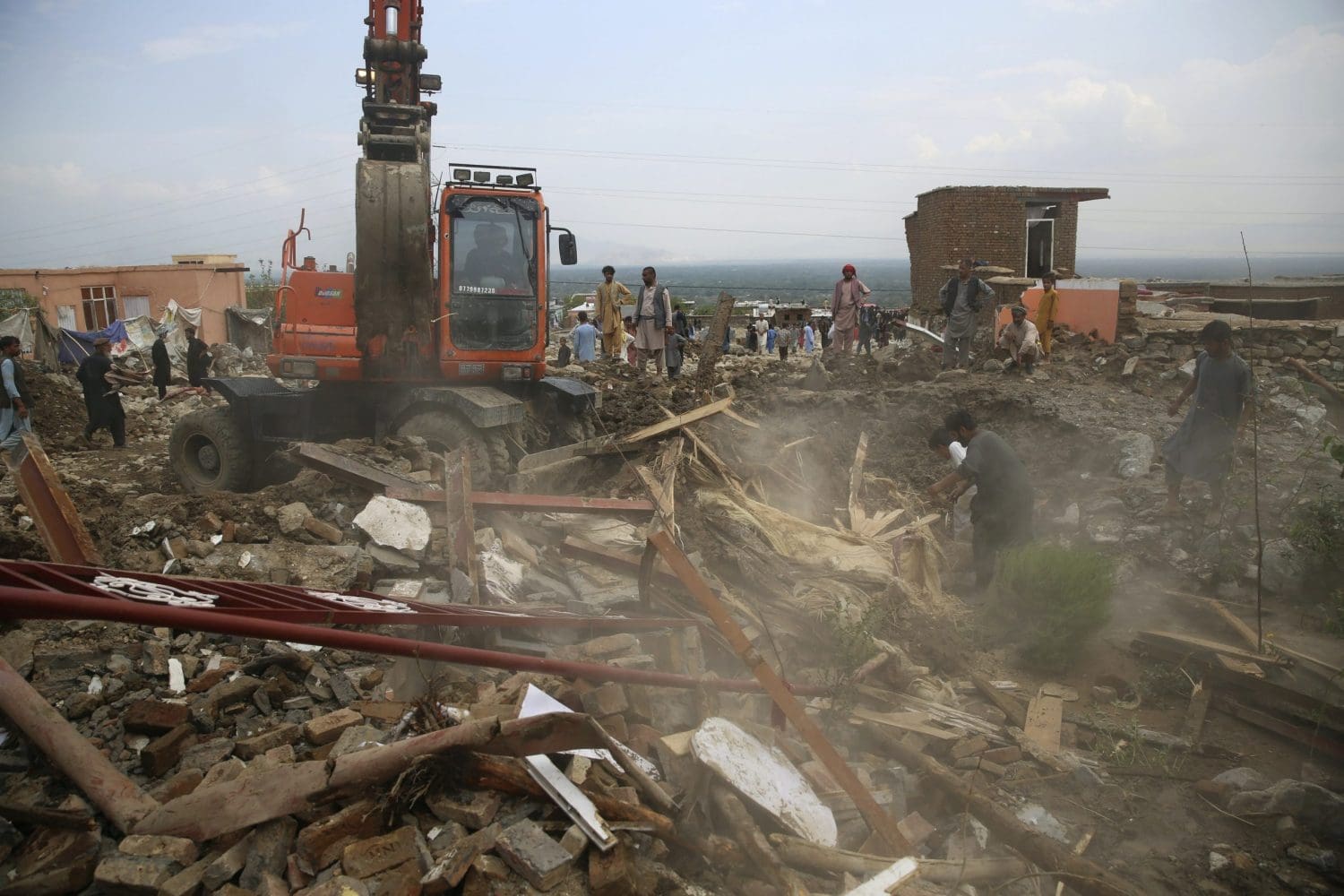Forecasters say Hurricane Laura will intensify into a “catastrophic” Category 4 hurricane – an even stronger storm than previously expected – as it heads towards Texas and Louisiana.
Satellite images show that Laura has become “a formidable hurricane” in recent hours. It has undergone a remarkable intensification, “and there are no signs it will stop soon, with shear remaining low-to-moderate over the deep warm waters of the central Gulf of Mexico,” the National Hurricane Centre said in a briefing early on 26 August.
Hurricane #Laura Advisory 26: Laura Expected to Rapidly Strengthen to a Category 4 Hurricane. Forecast to Produce a Life-Threatening Storm Surge, Extreme Winds, and Flash Flooding Over Eastern Texas and Louisiana Later Today. https://t.co/VqHn0u1vgc
— National Hurricane Center (@NHC_Atlantic) August 26, 2020
Laura’s maximum sustained winds have increased to near 110mph with higher gusts, forecasters said.
“We are expecting widespread power outages, trees down. Homes and businesses will be damaged,” said Donald Jones, a National Weather Service meteorologist in Lake Charles, Louisiana, which is near the centre of Laura’s forecast track.
“I’m telling you, this is going to be a very serious situation,” Jones said.

The National Hurricane Centre said a Category 4 hurricane will cause catastrophic damage that will make the affected areas uninhabitable for weeks or months.
Hurricane #Laura Advisory 27: Laura Continues to Rapidly Strengthen and it is Expected To Become an Extremely Dangerous Category 4 Hurricane. Catastrophic Storm Surge, Extreme Winds, and Flash Flooding Expected Along the Northwest Gulf Coast Tonight. https://t.co/VqHn0u1vgc
— National Hurricane Center (@NHC_Atlantic) August 26, 2020
In the largest US evacuation of the coronavirus (Covid-19) pandemic, more than half a million people were ordered to flee from an area of the Gulf Coast along the Texas-Louisiana state line.
Forecasters expect the storm to increase to 120mph before landfall and push ocean water onto land along more than 450 miles of coast from Texas to Mississippi. Hurricane warnings were issued from San Luis Pass, Texas, to Intracoastal City, Louisiana, and storm surge warnings from the Port Arthur, Texas, flood protection system to the mouth of the Mississippi River.

















